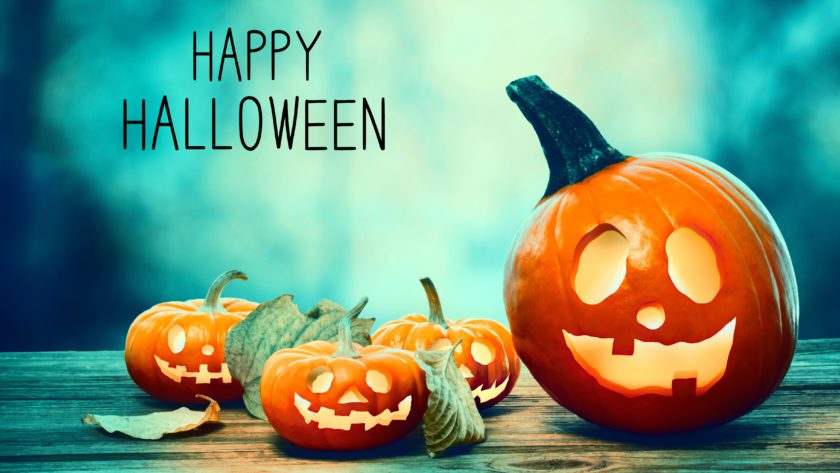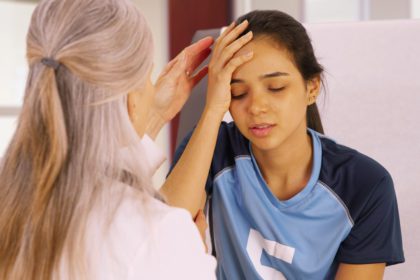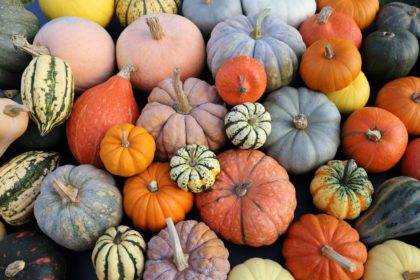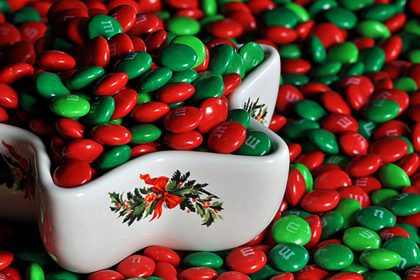Today’s our first Halloween amidst the coronavirus era, and the question on many parents’ minds is… how risky is it to go trick-or-treating? This is the virus that looms in the air, settles on surfaces, and causes COVID-19, so can it possibly be on our candy? Here are some tips based on the latest research…
The COVID Candy Study
COVID-19 is primarily transmitted by respiratory droplets and aerosols. According to the results of multiple studies, the risk of being infected with the virus by touching viral-infected surfaces or objects, is low, but it is NOT zero. Researchers at the University of California San Diego School of Medicine and San Diego State University analyzed the viral load* on Halloween candy after it was handled by patients with COVID-19.
*Viral load is a measure of virus particles (e.g., the amount of virus in an infected person’s blood, in the air, or on surfaces).
Handling the Candy
The researchers studied 10 recently diagnosed COVID-19 patients (ages 18 to 55). They either had no symptoms or mild to moderate symptoms, and coughing. They were asked to handle five different Halloween candies* under three different conditions:
- Handled the candy normally with UNWASHED hands.
- Handled the candy extensively while deliberately COUGHING ON it.
- Handled the candy normally with WASHED hands. (Hands were washed with soap for 20 seconds per CDC guidelines.)
*Candies used: Gummies, Twix, M&M’s, Starburst, and Snickers.
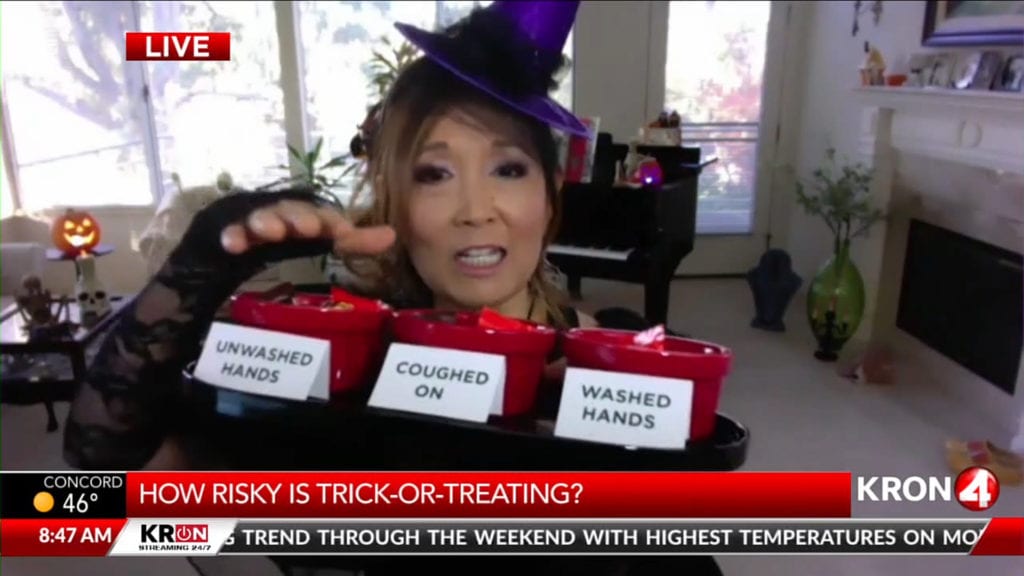
The Detergent Treatment
After handling, the candies were divided into two groups and treated in two different ways.
- Candy (wrapper) was washed with household dishwashing detergent for one minute.
- Candy (wrapper) was NOT washed.
Results: Candies That Were NOT Washed
QUESTION: Which of the unwashed candies handled by the candy giver had the highest viral load?
A. Candy handled normally with unwashed hands.
B. Candy handled extensively and deliberately coughed on.
C. Candy handled normally with washed hands.
ANSWER: A and B. Virus was detected on 60% of the samples. Handling candy with unwashed hands and coughing on it had the same coronavirus positivity rate.
Results: Candies That Were Washed
Washing candy for at least one minute with dishwashing soap reduced viral load by 62.1% compared to unwashed candy.
Steps to Reduce Your Risk
There is still a slight risk of transmission by touching surfaces (in this case, candy wrappers), even if someone is infected with COVID-19. But you can reduce the risk to near zero by following these steps:
- Wash your hands (for 20 seconds with soap) BEFORE handing out any candy.
- Wash hands (for 20 seconds with soap) BEFORE handling any candy collected.
- Wash collected candy (for one minute with household dishwashing detergent) AFTER washing your hands.
Do “One-Way Trick-or-Treating” to Reduce Risk
- Instead of two-way interactions at the front door, build a creative touch-free trick-or-treating gadget to hand out candy in a fun and COVID-cautious way.
- Make a candy chute (at least 6-feet long) out of decorated PVC pipe. Trick-or-treaters place their bucket at the bottom of the chute while the giver drops candy down the chute.
- Make a candy catapult that hurls candy to trick-or-treaters.
General Halloween Recommendations
Since airborne or droplet transmission is the primary risk during Halloween festivities, the CDC recommends:
- Social distancing
- Hand washing
- Distance pickup of candy
- Masks — Make your mask part of your costume. You should not use a “costume mask” unless it has two or more layers of breathable fabric, covers the nose and mouth, and there are no gaps around the face.
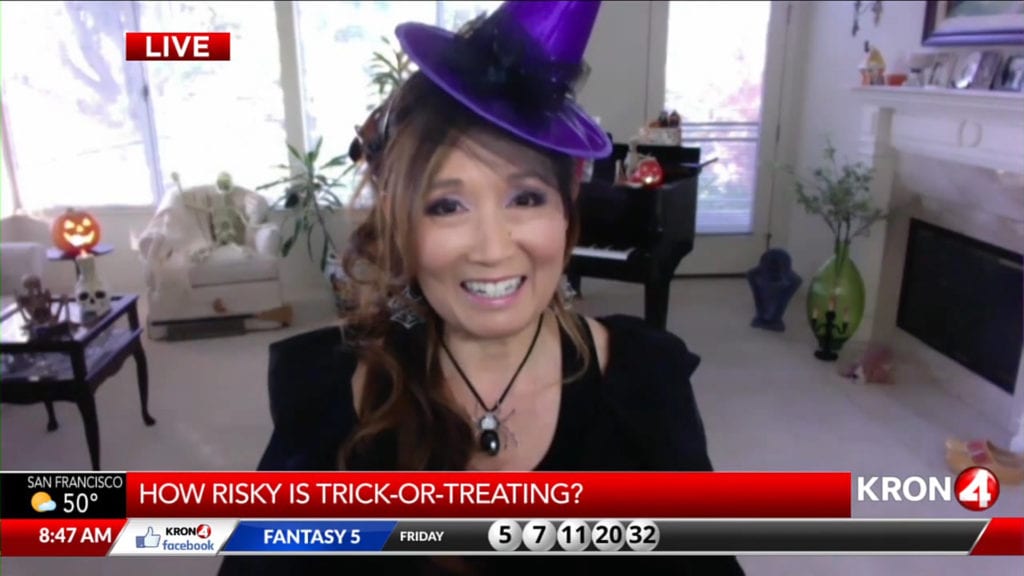
Karen’s Fit Tip: Use reasonable precautions. If the efforts of the candy giver AND the candy recipient are combined, the risk of COVID-19 transmission is negligible.

